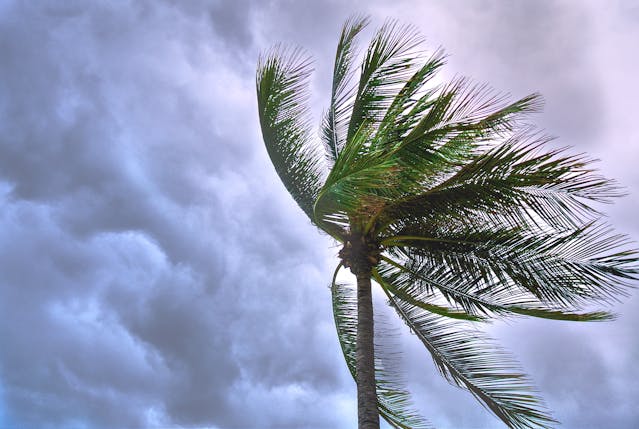
What is wind chill? Wind chill is where the wind reduces the air temperature, making it feel much colder than it actually is. Wind chill can be deadly if you are not wearing the right clothing.
The temperature for the day that you say in the newspaper or on the weather forecast of the TV news in the morning is the temperature of the air. The air temperature is measured at a standard height above sea level. Temperature is a measure of how much kinetic energy the gas molecules in the air are holding. Heat is a form of energy and the more heat something has, the more its molecules will move. When molecules move they have kinetic energy and this is what the air thermometer is measuring. If the weather forecast says 15 ℃, you might leave your house in a light jacket. However, the wind chill can vastly change the way the temperature feels, but it doesn’t change the actual temperature in the air.
If the outside temperature is 15 ℃ it doesn’t feel warm because it is lower than our body temperature. Our bodies constantly produce heat, which we lose through our skin to the air. This is the second law of thermodynamics. Energy will always move from a place of high energy to a place of low energy. To keep the energy in the place of high energy requires energy and to send energy backwards requires energy. Energy systems will always equalize. Batteries will always lose their charge and a hot or cold drink will always become the same temperature as the room. Unless you add energy to a system, this is what will happen. So, your body is hotter than 15 ℃ and thermal energy will move from your body into the surrounding air. If the air temperature is hotter, you won’t lose heat and if the air temperature is hotter than body temperature, heat will move into your body. The wind can affect this.
The wind can make the temperature feel cooler in two ways. The first way is by moving the molecules of air that are next to your skin. When heat is transferred from your body to the surrounding air, it continues until the heat is equalized. The bigger the difference in temperature between your body and the surrounding air, the more heat you will lose. If there is no wind, the molecules that are closest to your skin will heat up and reach an equilibrium with your body. Once this happens, the heat transfer will slow down or stop. When there is a wind, the molecules that are next to your skin are blown away by more molecules coming in, and there is a constant replenishment of cooler molecules. When there is a wind, the air around your body can’t reach equilibrium and you constantly lose heat. The second way is by increasing the number of molecules. An individual molecule can only absorb so much heat energy. To absorb more heat energy, you need more molecules. Wind doesn’t only move the molecules that are next to the skin, it brings in more molecules, increasing the amount of energy that can be removed. Both of these things make wind feel cold and cause the wind chill.
If we are not prepared for it, wind chill can be fatal. When there is a strong wind and you have exposed skin, or thin clothes, you can lose body heat very quickly. If our core temperature drops by a couple of degrees, we will develop hypothermia, which, if not treated, will be fatal. However, sometimes we want the wind chill factor. When it is very hot, we use fans to make a wind chill. If the temperature is hot and we can’t lose heat to he air, we start to sweat. The water evaporates and takes heat energy away from our bodies with it. However, the air around our bodies can quickly become saturated with water and unable to take any more. Once that happens, we can’t cool down and it is why hot and humid places are so difficult to live in. When we use a fan, it circulates the air and pushes the hot saturated air molecules away from our skin, bringing in fresh molecules that can absorb more water and heat energy. This is wind chill, but the good kind. And this is what I learned today.
Sources
https://www.weather.gov/safety/cold-wind-chill-chart
https://www.noaa.gov/jetstream/synoptic/wind-chill
Photo by Suparerg Suksai: https://www.pexels.com/photo/close-up-photo-of-coconut-tree-1030320/
